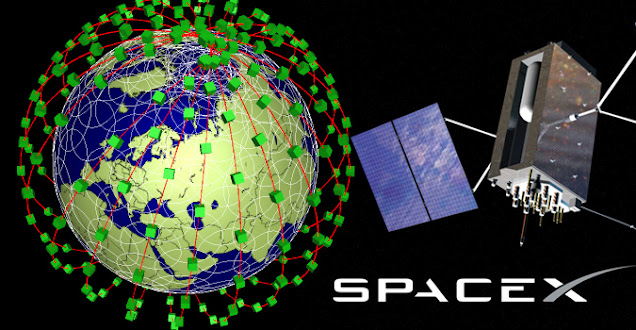The 10th busiest airport in Asia is also one of the best in the world. An airport is the first gateway for a foreigner on a trip. And South Korea understood that right away.
 |
Outside the Seoul-Incheon airport (source:runwaygirl)
|
Terminal 2 celebrates its first anniversary
On January 18, 2018, Terminal 2 at Seoul Incheon Airport was inaugurated. A special area is dedicated to connecting passengers, including separate security checks. As soon as they check in, passengers are invited to check in via kiosks and deposit their luggage in a fully automated system using SITA's Drop&Fly technology.
 |
| The new self bag drop in terminal 2 (source:Wikipedia) |
By the way, Seoul-Incheon airport is the one where you have the least chance of losing your luggage. Indeed, even without this new system, the airport has 0.3 delayed baggage per 100,000 checked baggage items (compared to an average of 11.5 worldwide). Robots are also present to welcome passengers.
 |
| A robot inside the airport (source:futuretravelexperience) |
One of the best airports in the world
Seoul Incheon Airport was voted the best airport in the world in 2009 and 2012 and has often been second in recent years with Singapore's Changi Airport (since 2013). To improve the passenger experience, airport management decided to remove all announcements made on the microphone in 2018. Finally, traffic in the hub is easier and the signage is clear and practical. Screens are distributed in the terminals and there are waiting areas.
 |
| Inside the terminal in Seoul-Incheon airport (source:unstudio) |
Large security control areas allow a waiting time reduced to a few minutes. It only takes 10 minutes to register. Facilities allow computers and laptops to be recharged and transit passengers can use free WiFi, shower, and children can access playrooms. The catering areas are also numerous and varied.
 |
| The transfer lounge (source:blog.bnbheto.com) |
An airport that serves as a showcase for South Korea
 |
| The cultural centre of Terminal 1 (source:koreamarket2018) |
Transit passengers can attend traditional music shows, parades in traditional costumes and discover Korean culture in the two Traditional Korean Experience Centers, the last one opened in 2018. Free visits called "Transit Tour" are possible for connecting passengers. They can visit by bus different places, in Incheon (located near Seoul) and in downtown Seoul, depending on the time available. Thus, the tours last from 1 hour to 4 hours.
The future hub of Asia?
The new terminal, which is Korean Air's main base and hosts some SkyTeam airlines such as Air France, already handles nearly 50,000 passengers per day. The platform hosts 90 airlines and connects travellers to 183 destinations around the world. With an air market in development, the airport aims to become the leading Asian hub and will eventually be able to accommodate 100 million passengers per year by 2030. The current Terminal 2 is part of a larger development project. In the coming years, a 5th runway will be built and Terminal 2 will be expanded.









Comments
Post a Comment